Norwegian researcher focusing on developing microalgae species with fast growth rates, high lipid content
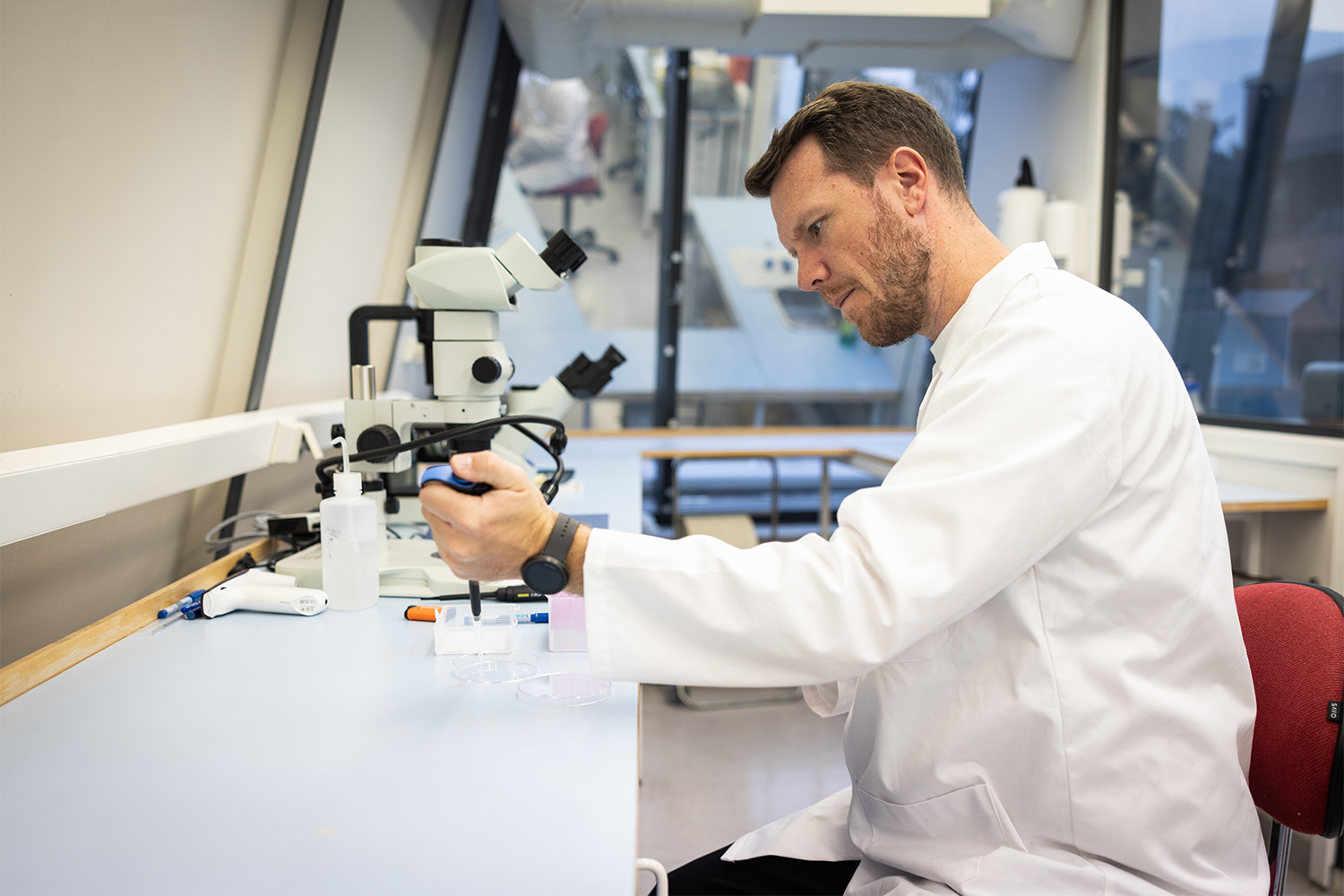
Norway’s world-leading salmon farming industry knows that if it is to continue to grow, it needs more sustainable aquafeed ingredients. Traditional fish feed containing fishmeal and fish oil rely heavily on wild-caught stocks, which may result in overfishing and potentially disruptive, harmful impacts on marine ecosystems. Meanwhile, the production of fishmeal and fish oil alternatives, such as soybean meal, can generate a large carbon footprint.
Stian Borg-Stoveland is a Ph.D. research fellow at the University of Agder’s (UiA) Department of Natural Sciences and an employee at fish farming technology company Ecofishcircle AS in Farsund. He told the Advocate that in Norway, the main focus when developing salmon feed is alternative ingredients for both oils and proteins.
“Among the high-priority options are omega-3-rich oils, such as algal oil, as well as single cell proteins, or SCPs, and green microalgae for protein, such as Isochrysis galbana,” he said. “Introducing new ingredients in feed can impact the taste and texture of salmon, but in vivo trials are typically conducted to assess any effects on these parameters. Sensory tests with consumer panels are also carried out to evaluate any potential impact on taste and texture and so far, there has been no indication that any of these new ingredients have a negative effect.”
The Norwegian government has invested in years of research to develop more sustainable food and feed ingredients, Borg-Stoveland said, which has increased interest into new farming and feed technologies.
Projects like Algae2Future, which is supported by the Research Council of Norway, could lay the foundation for industrial microalgae production in Norway, Borg-Stoveland added. As part of his research, he is growing microalgae for use as salmon feed. With essential amino acids, carbohydrates, pigments and other bioactive compounds, microalgae hold great potential as a source of nutrients for use in food. He has been focusing on three species – Phaeodactylum tricornutum, Isocrysis galbana and Skeletonema marinoi–that are easily cultivated with fast growth rates and a high lipid content.
But Borg-Stoveland’s research is also addressing another issue. Alongside its use as a fishmeal and fish oil alternative, microalgae is a valuable resource in the treatment of wastewater. He is using wastewater from a demo tank at Ecofishcircle AS to grow his microalgae. P. tricornutum, I. galbana, and S. marinoi are capable of removing contaminants from wastewater such as nitrates, the main nutrient that they require for growth, by storing them as protein inside their tissues through photosynthesis.
Meanwhile, when released directly into coastal waters, wastewater generates several challenges such as excessive fertilization and the growth of unwanted algae and even toxic algal blooms. It can also be expensive to treat. But using it to grow microalgae can clean it of potentially harmful nutrient salts before it is released into coastal waters, while the nutrients it contains, such as ammonia, phosphate and dissolved organic matter, are all essentials to produce algal biomass. In addition, growing microalgae from wastewater can make the overall process environmentally friendly, while the water can be further used for fish rearing or other purposes subject to its suitability, once the microalgae have been harvested.
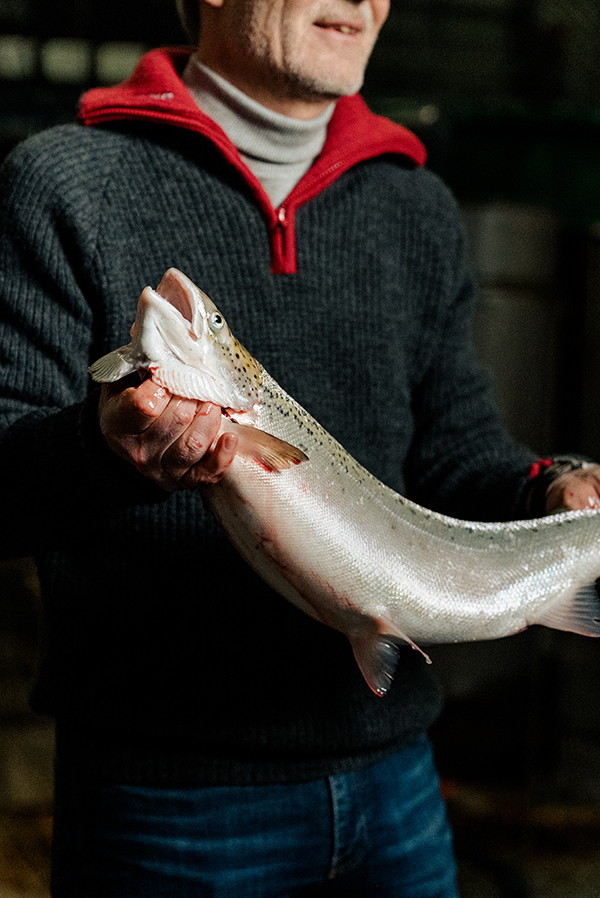
“Our sister company Gas 2 Feed works on a technology to capture carbon dioxide from fish tanks that can be further used as a carbon source to ferment bacteria, producing a single-cell protein, while wastewater can also be used as fertilizer or in irrigation systems,” said Borg-Stoveland, who is now investigating the potential limiting factors of growing microalgae in wastewater. For example, two of the species he is growing are diatoms, which rely on silicates to grow. Borg-Stoveland is seeking to answer whether wastewater provides sufficient silicates for optimal growth, or whether adding silicates would result in better growth.
Preliminary results show that the wastewater at Ecofishcircle AS needs few or zero added nutrients to sustain microalgae growth for at least 14 days. They also imply that growing microalgae in a semi-continuous setup is viable and the most realistic for large-scale cultivation.
The current scale of microalgae production in Norway is relatively small, said Borg-Stoveland, and its use in RAS salmon farms is in the early developmental stages. However, with a growing interest in microalgae as a feed source for salmon and more research and development in this field, Borg-Stoveland is aiming to move to the next step – large-scale cultivation – while focusing on the nutritional value of microalgae and how to manipulate the production of fatty acids, mainly DHA and EPA.
There is also a need to better understand the role of temperature and light regime for microalgae growth, and whether they impact the production of certain compounds. It will also be important to identify suitable, indigenous and robust microalgae species that are high in polyunsaturated fatty acids, proteins and balanced essential amino acids and can adapt to cultivation in aquaculture wastewater.
Follow the Advocate on Twitter @GSA_Advocate
Now that you've reached the end of the article ...
… please consider supporting GSA’s mission to advance responsible seafood practices through education, advocacy and third-party assurances. The Advocate aims to document the evolution of responsible seafood practices and share the expansive knowledge of our vast network of contributors.
By becoming a Global Seafood Alliance member, you’re ensuring that all of the pre-competitive work we do through member benefits, resources and events can continue. Individual membership costs just $50 a year.
Not a GSA member? Join us.
Author
-
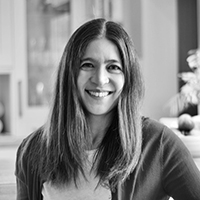
Bonnie Waycott
Correspondent Bonnie Waycott became interested in marine life after learning to snorkel on the Sea of Japan coast near her mother’s hometown. She specializes in aquaculture and fisheries with a particular focus on Japan, and has a keen interest in Tohoku’s aquaculture recovery following the 2011 Great East Japan Earthquake and Tsunami.
Related Posts

Aquafeeds
A new nutrient for aquaculture, from microbes that consume carbon waste
Biotechnology firm NovoNutrients aims to produce a line of nutraceutical aquafeed additives as well as a bulk feed ingredient that can supplement fishmeal. Its process includes feeding carbon dioxide from industrial gas to a “microbial consortium” starring hydrogen-oxidizing bacteria.
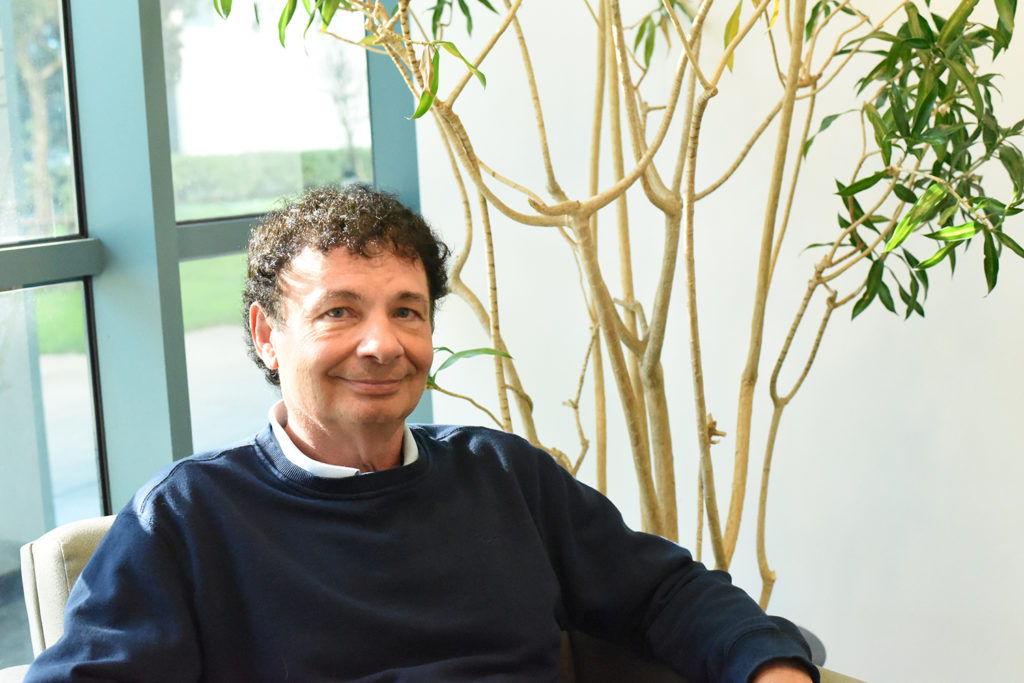
Innovation & Investment
Aquafeed ingredient AlgaPrime wins GAA Innovation Award
A proliferation of alternative feed ingredients has allowed aquaculture to extend the natural resources it depends on. AlgaPrime, packed with the long-chain omega-3 fatty acid DHA, is being recognized as a game-changing innovation for aquaculture feeds.
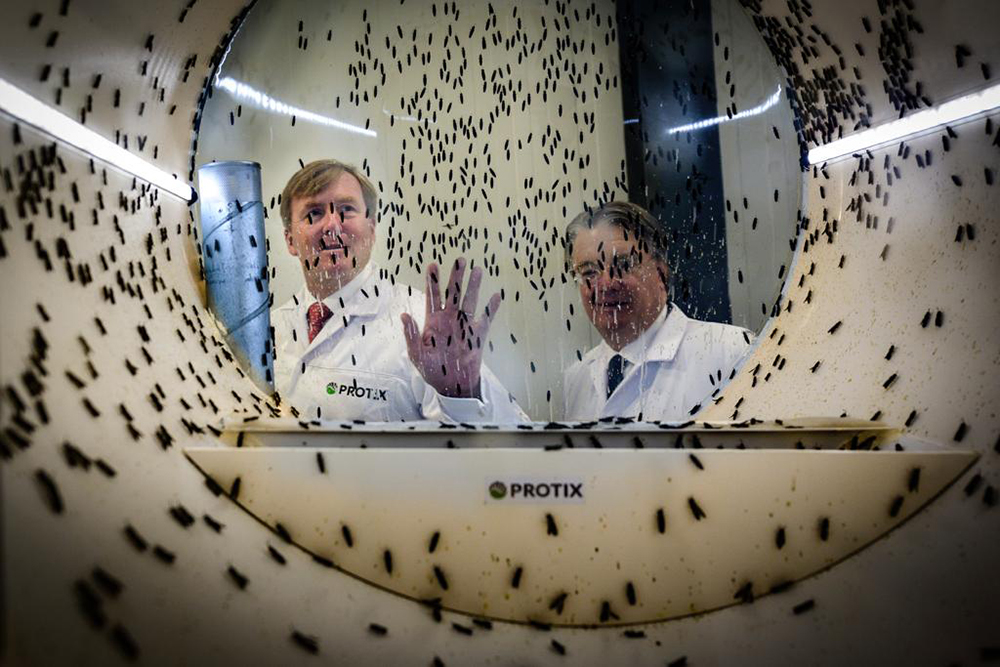
Aquafeeds
World’s largest fly factory attracting investors eyeing aquafeed expansion
A high-capacity black soldier fly factory puts Protix in position to ramp up production. Investors explain why they’re betting on the sector’s success.
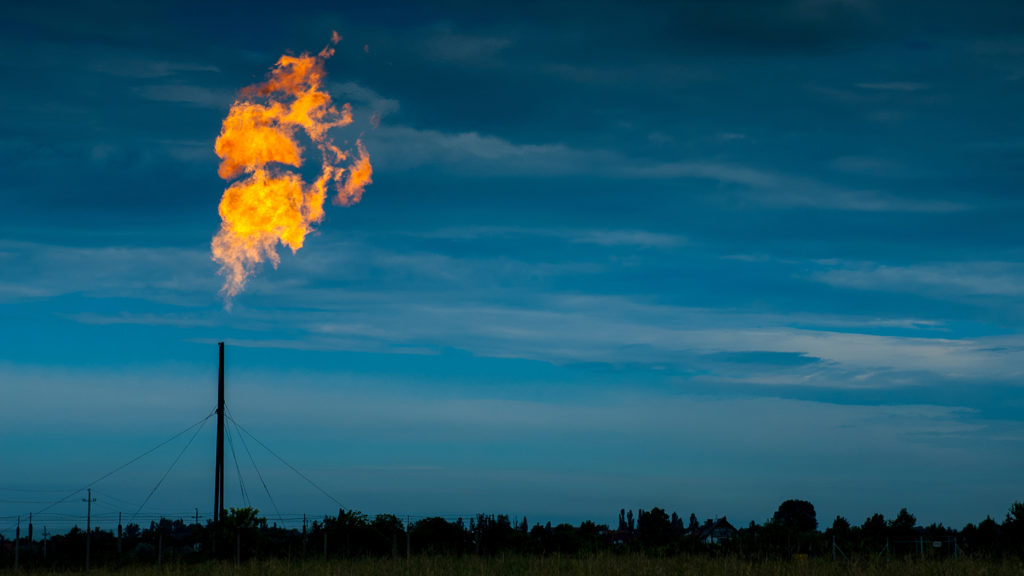
Innovation & Investment
Aquafeed opportunity attracts pioneers from fields afar
As business leaders switch focus from biofuels and energy to food security, one convert dubs the aquafeed opportunity a needed “redeployment” of knowledge.


